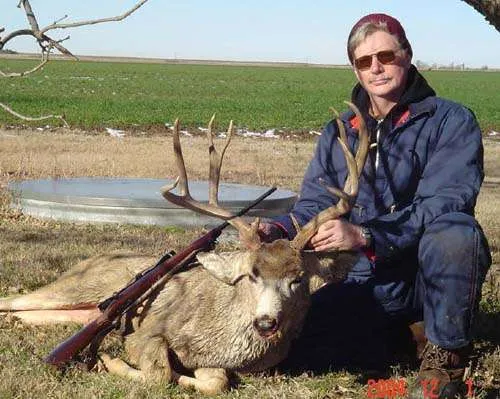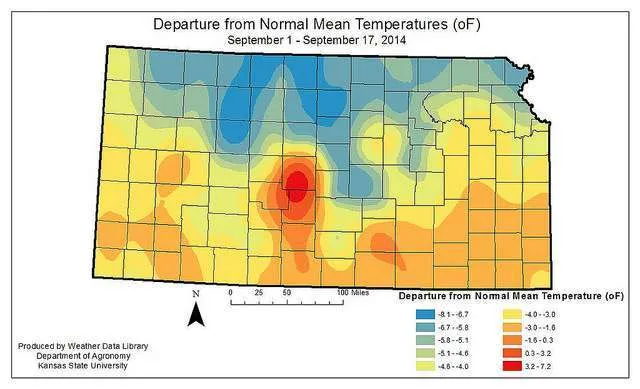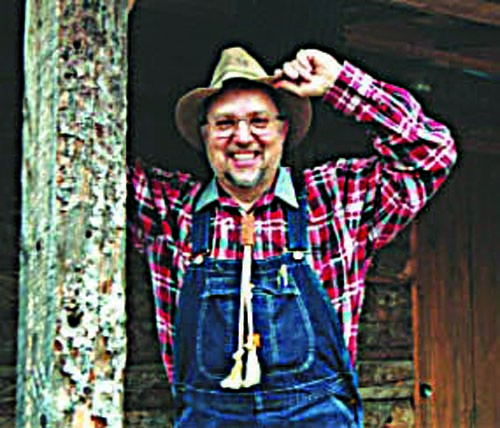Webster’s dictionary describes camouflage as “A disguise; a deception; to disguise in order to
conceal.” Anyone who has priced camouflage clothing at sporting goods stores or even Wal-Mart knows
there’s hardly a limit to the amount of money one can spend on camouflage clothing and gear. My way
around that is to buy or otherwise procure military surplus camo. This is hardly a secret and possibly
many of you have already gone this route too, but maybe I can pass on to you a few things I’ve learned
about military camouflage clothing.
Having spent twenty years in the Army National Guard, I’ve found that not all military camo is
created equal. During my service we sported the BDU’s (battle dress uniforms) that were all shades of
green, black and dark brown and the pattern was comprised of large blotches. This is great stuff for later
spring turkey hunting when all of nature is adorned in its brand new green foliage, but for fall and winter
when most of our hunting takes place it’s too green to look natural. We have recently fallen in love with
the pattern worn by the army for several years now known as ACU Digital. This pattern is comprised
of smaller square and rectangular shapes that looks much like a jigsaw puzzle, but contains more off-
whites, grays and drab greens. It’s a much better fit for year-round use and is also good for winter.
Two of the obvious pros of military camo are the availability and the price. Besides local surplus
stores, the internet and eBay teem with sites and sellers peddling military camo clothing and gear.
It’s also commonly found at garage sales where people have scarfed it up when their term of military
service ended thinking it was cool, but then found they had no real use for it and are willing to part with
it for a song. In a recent internet search, we even found a site called www.magnafabrics.com that sells
military camo fabric in about a dozen different patterns at very reasonable prices, so for those of you
who sew or our married to a capable seamstress, that is another route to consider.
In my book, another big plus to military camo is its construction. Aside from the cockamamie
button flies on the older pants, the military makes quality garments. Things like Velcro tabs that allow
you to pull sleeves tight around your wrist, draw strings at the bottom of pants legs to help keep out the
cold wind or the ticks, and tabs that let you tighten waists all help make them handy and user friendly.
And then there’s the pockets, especially on the pants. Having too many pockets is like having too many
goose decoys or too many walleye fillets in the freezer, it just ain’t gonna’ happen, and military camo
garments have lots of big handy pockets. The new shirts and pants come in different styles, but my
new ACU shirt has six pockets; two on each sleeve and one on each side at chest height, all held shut
by Velcro, and the pants all have those great cargo pockets on each side of the legs plus the usual four
found on all pants. My shirt has a zipper instead of buttons, which I think is cool, and an expansion panel
on the back of each shoulder that flexes when you extend your arms or bend over. The only downside
I’ve found with this new camo is all the Velcro. Velcro’s great but kind of noisy when the woods are
Sporting goods stores are full of good quality camouflage clothing for every occasion and
situation. Heck, some companies were founded and exist today entirely for the design and production of
camoflage clothing and gear. So if you insist on name brand camo clothing, I understand. But if you, like
me, love a bargain and feel good when you can spend less on your outdoor clothing and gear and still
get just what you need, try surplus military camo, and especially the new army ACU stuff. It’ll help you
continue to Explore Kansas Outdoors for less.
Steve can be contacted by email at [email protected].






